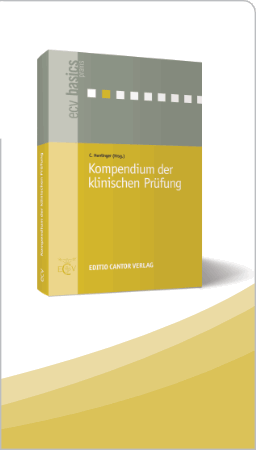Header
Ihr Suchergebnis
Sie recherchieren derzeit unangemeldet.Melden Sie sich an (Login) um den vollen Funktionsumfang der Datenbank nutzen zu können.
Sie suchen in allen Bereichen nach dem Autor Planin##353;ek O.
In der Rubrik Zeitschriften haben wir 2 Beiträge für Sie gefunden
-
Mechanical and Adhesive Properties of HPMC Films
Rubrik: Originale
(Treffer aus pharmind, Nr. 10, Seite 1675 (2013))
Banovec M | Planin##353;ek O | Vre##269;er F
Mechanical and Adhesive Properties of HPMC Films / Influence of different coating compositions (Part 2)*Part 1: Pharm. Ind. 2013;75(9):1502–1508. · Banovec M, Planin##353;ek O, Vre##269;er F · 1KRKA, d.d, Novo mesto, Šmarješka cesta 6, 8501 Novo mesto, Slovenia und 2University of Ljubljana, Faculty of Pharmacy, Aškerčeva 7, 1000 Ljubljana, Slovenia
The influence of the selected excipients (i. e., PEG, talc, and titanium dioxide) as components of the film coatings was studied. In addition, we also evaluated the influence of two surfactants; namely, anionic SDS (sodium dodecyl sulfate) and nonionic polysorbate 80 on coating dispersion properties and coating adhesion force. Measurement of contact angles may provide useful information and assist in understanding and predicting film adhesion to substrate. Some previous studies have used the wettability of a polymeric solution to tablet surface as a tool to predict the strength of film-tablet adhesion [ 10 ]. The contact angles of HPMC aqueous dispersions ...
-
Mechanical and Adhesive Properties of HPMC Films
Rubrik: Originale
(Treffer aus pharmind, Nr. 09, Seite 1502 (2013))
Banovec M | Planin##353;ek O | Vre##269;er F
Mechanical and Adhesive Properties of HPMC Films / Influence of different coating compositions (Part 1) · Banovec M, Planin##353;ek O, Vre##269;er F · 1KRKA, d.d, Novo mesto, Šmarješka cesta 6, 8501 Novo mesto, Slovenia und 2University of Ljubljana, Faculty of Pharmacy, Aškerčeva 7, 1000 Ljubljana, Slovenia
Contact angle Film coating Force of adhesion Surface tension Viscosity Film coating has commonly been used in the pharmaceutical industry for both non-functional and functional purposes. Whereas the primary purpose of functional coatings is to modify the kinetics, location, and mechanism of drug release, non-functional coatings are primarily applied to protect the integrity of the core material from the influence of environmental factors, to improve their mechanical properties, to facilitate differentiation of various strengths of products with the same active ingredient, to mask unpleasant tastes and odors, and to enable higher packaging speeds by reducing friction [ 1 , 2 ...






